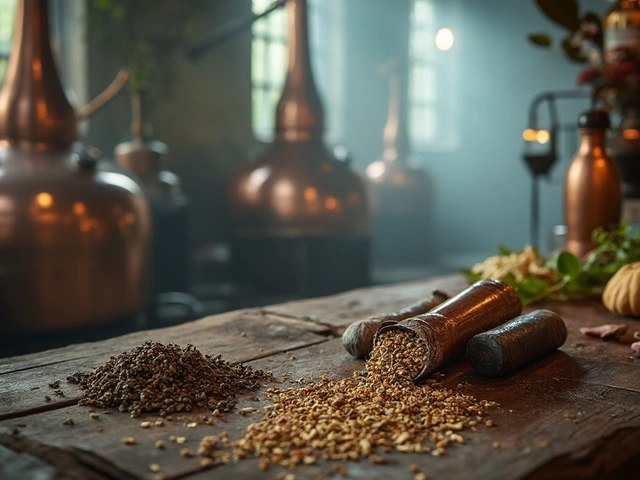Bottom Shelf Vodka – Real Talk on Cheap Spirits
If you’ve ever grabbed a bottle of vodka off the lowest shelf, you probably wondered if it’s worth the price. Bottom‑shelf vodka isn’t a mystery; it’s simply a more affordable spirit that can still hold its own in the right drinks. In this guide we break down what makes cheap vodka different, when it works best, and how to stretch every drop.
Taste and Quality of Bottom Shelf Vodka
Cheap vodka usually has a lower distillation count and fewer filtration steps than premium brands. That means you might notice a faint grainy edge or a slight burn on the finish. It’s not a flaw—it’s just less polishing. Most budget vodkas sit around 35‑40% ABV, and the flavor profile is often neutral with a hint of corn, wheat, or potato.
Because the spirit is less refined, mixing it with strong flavors helps mask any rough edges. Think citrus juices, soda, or spicy ginger beer. A classic vodka tonic works, but you’ll get the cleanest taste if you add a splash of fresh lime and a high‑quality tonic water. The goal is to let the mixer shine while the vodka does its job.
Best Ways to Use Cheap Vodka
When you’re on a budget, treating cheap vodka like a sipping spirit isn’t ideal. Instead, slot it into cocktails where the other ingredients dominate. Here are three reliable go‑to drinks:
- Vodka Spritz: Mix vodka with sparkling water, a squeeze of orange, and a dash of bitters. The bubbles and fruit cover any harshness.
- Simple Screwdriver: Vodka, orange juice, and a splash of grenadine. The sweet orange masks grainy notes, and the grenadine adds a pleasant depth.
- Ginger Mule: Vodka, ginger beer, lime juice. The spice of ginger beer is perfect for hiding cheap vodka’s edges.
Another smart move is to use cheap vodka for batch cocktails at parties. Make a large pitcher of a fruit‑forward punch, let the flavors mingle, and you’ll forget you ever opened a bottom‑shelf bottle.
If you’re curious about whether price really matters, try a blind taste test. Pour the same amount of cheap vodka and a premium brand into separate glasses, add identical mixers, and see which one you prefer. You’ll often find the difference shrinks once the vodka is mixed.
Bottom‑shelf vodka also shines in cooking. A splash in a sauce or a marinades can add a subtle kick without overwhelming the dish. Just remember to keep the amount modest—overdoing it can bring out the grainy notes.
In short, cheap vodka isn’t a bad choice; it just needs the right context. Pair it with bold mixers, use it in large‑batch cocktails, or add it to recipes where other flavors dominate. By doing that, you get the most bang for your buck without sacrificing enjoyment.
Bottom shelf vodka is often viewed as the option for those seeking affordability without necessarily compromising on taste. While these vodkas are typically the least expensive in the store, they can still serve as a good base for cocktails. This article dives into the characteristics of bottom shelf vodka, popular brands, and tips for selecting the best budget-friendly vodka option. You'll discover why these vodkas might be a smarter choice than you'd think.
View Details

